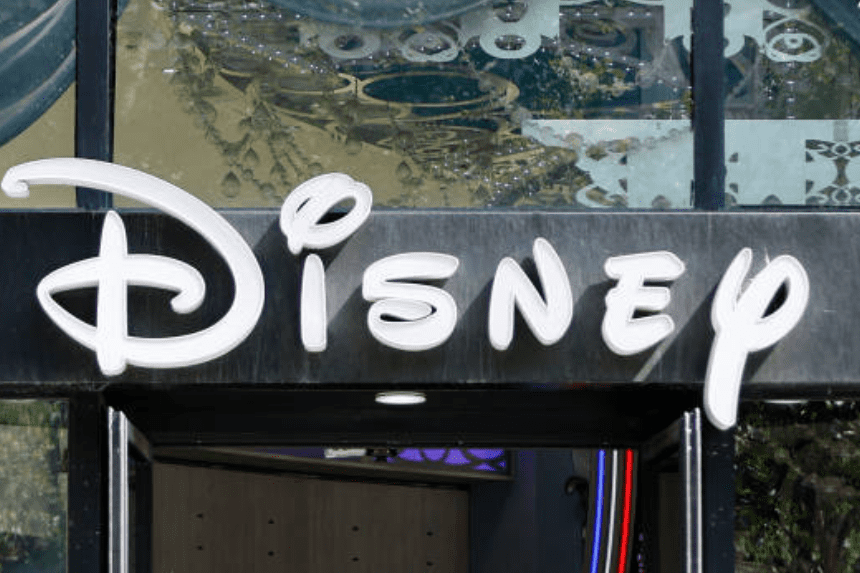Following its most recent round of layoffs, which began shortly after the pandemic, Disney will be firing even more employees as it tries to reduce their expenses. Meta has made layoffs as it continues to feel financial stress and tries to adjust its business to meet the latest shifts in the market and what customers want. Disney wants to reorganize how operations are handled in film, TV, marketing, and corporate areas to make them more efficient and cut costs. Such action highlights a key challenge entertainment giants have in trying to make their creative visions profitable. With layoffs, the company moves to increase focus on digital streaming and new growth, keeping in mind the important legacy business. The cuts by Disney show it adapting its strategy to the fast pace of changes in the industry.
- Why Is Disney Implementing Another Round of Layoffs?
- Which Disney Divisions Are Most Affected by the Layoffs?
- How Does This Layoff Wave Fit Into Disney’s Larger Cost-Cutting Strategy?
- What Are the Commercial Implications of Disney’s Layoffs?
- How Are Disney Employees and the Industry Reacting to These Layoffs?
- What Does Disney’s Decision Mean for the Future of the Entertainment Industry?
- How Can Disney Balance Cost-Cutting with Innovation and Growth?
- What Lessons Can Other Companies Learn From Disney’s Layoff Strategy?
- Conclusion
Why Is Disney Implementing Another Round of Layoffs?
Layoffs recently hit several hundred Disney employees in various parts of the company as a new round of cutbacks was just announced. This is one action taken in an overall plan to lower costs and respond to tough financial issues while the company shifts its business approach as the entertainment world evolves.
The years of Disney making many acquisitions, expanding rapidly, and investing heavily in streaming services have resulted in more problems. Because of the pandemic, the way movies and theme parks were run was disrupted, and streaming services have faced increased competition. Layoffs at Disney show that the company is making important changes to become more cost-effective, efficient, and successful in its key areas. The business is adjusting its workforce and processes because revenues are fluctuating and costs are on the rise.
Which Disney Divisions Are Most Affected by the Layoffs?
A large number of people in film and TV production, marketing, finance, and publicity teams have been asked to leave. The film and TV divisions have felt the changes due to Disney’s change in its content strategy and distribution. Examples of this are pruning projects that are not in line with the company’s updating goals or the projections for their profitability.
The company is now using more digital channels, which means marketing and publicity teams are being cut, as technology helps target viewers more efficiently. The combination of finance and corporate jobs is meant to simplify processes and make decisions faster.
Disney tries to find these divisions to improve efficiency and avoid repeating similar efforts. Still, such cuts could slow down creative work and affect how enthusiastically the company shows new projects to audiences shortly.
How Does This Layoff Wave Fit Into Disney’s Larger Cost-Cutting Strategy?
Rather than a stand-alone cost reduction step, this layoff supports Disney’s long-term plan to handle its debt and adjust to new business trends. Disney has shared plans for layoffs and restructuring after various acquisitions, mostly after acquiring 21st Century Fox and launching Disney+.
During the pandemic, the necessary shift from traditional sources of income (like box office and theme parks) to streaming brought about changes in customer habits. Disney wants to increase the number of subscribers to its streaming services by using more resources for that purpose.
Lowering the number of employees allows the company to minimize expenses and move towards improving its agility and competitiveness. Purposeful layoffs prove the company is trying to keep operations efficient and new, to continue earning profits in times of rapid change outside. Read another article on Disney Snow White 2025
What Are the Commercial Implications of Disney’s Layoffs?
Shops cutting payroll by layoffs can boost their profit margins in the short term. This money might allow Disney to develop and spread its business by investing in fresh ideas, additional programming, and worldwide opportunities, which are necessary for its future growth.
Yet, performing layoffs may lead to losing valuable knowledge, making employees sad, and delays in carrying out projects. A potential loss of creative talent might influence the quality and diversity of shows, movies, and music, which audiences need to stay interested.
Many investors feel that cost-cutting shows good financial management; however, the company has to continue cutting expenses without sacrificing the quality of its brand or creativity to succeed.
How Are Disney Employees and the Industry Reacting to These Layoffs?
The decision has caused many in the company and the wider entertainment community to worry. Individuals let go through layoffs worry about their future and their work trajectory. For many, the main concerns are more work and worry about maintaining their position in the company.
Industry leaders believe these layoffs are happening because big media companies are shifting to survive in today’s digital world. Because of streaming and the ongoing uncertainty in the economy, various companies are looking again at their staff policies and day-to-day operations.
Even though support and packages are provided by Disney, the people affected continue to feel a lot of emotional and work-related distress. The event leads us to ask whether the workforce can remain strong and if there will be enough creative work for new staff in the future at big media companies.
What Does Disney’s Decision Mean for the Future of the Entertainment Industry?
These layoffs are evidence of the major changes happening in how entertainment is now produced, shared, and watched. Traditional models have been shaken by streaming, and businesses that do not adapt fast enough may become unimportant.
Disney trimming its expenses and putting effort into streaming and new markets reveals how the industry is moving towards on-demand, scalable, and data-driven content. The layoffs indicate that the business is focusing more on new technology and efficiency than on outdated systems and structures.
It affects much more than just the media — it changes the nature of jobs and what content is available. It points to a day when agile, creative, and modern technologies will shape the plans of entertainment businesses.
How Can Disney Balance Cost-Cutting with Innovation and Growth?
Making sure they save money without sacrificing new creative ideas is a big problem that Disney deals with. When layoffs save money, they need to keep a strong team to work on creative and technological initiatives.
Working in the entertainment industry at Disney means dealing with original plans, technology, and expansion in the global market. Disney could help this by training or hiring employees for roles using new technologies like artificial intelligence or analyzing data.
Disney will need to focus on staff morale, encourage new ideas, and enhance its staff growth to stay competitive. How well the company manages these priorities will decide its success moving forward.
What Lessons Can Other Companies Learn From Disney’s Layoff Strategy?
Disney shows companies many important ways to succeed under economic and market strain. It is necessary to carry out strategic cost control over time, but it must be done with caution so as not to weaken important company functions.
Setting layoffs in areas that can be automated means that key operations continue effectively. In the same way, being open and helpful to employees affected by change helps to keep a good reputation and engagement within the organization.
Furthermore, it is important for companies to change with the market, move assets to show promise, and continue to look after their financial situations. The example of Disney points out the need to address these different demands in a volatile industry.
Conclusion
Recent cuts at Disney show how quickly the entertainment industry is being affected by economic pressures and new ways people enjoy movies. The company wants to increase efficiency and concentrate on digital and streaming expansions. Even though these changes aim to make the company better, they might reduce both employee morale and creativity. For Disney to stay a step ahead, it needs to keep finding ways to save money and still improve. The decision reflects a rise in the retail industry about using technology to boost growth.








